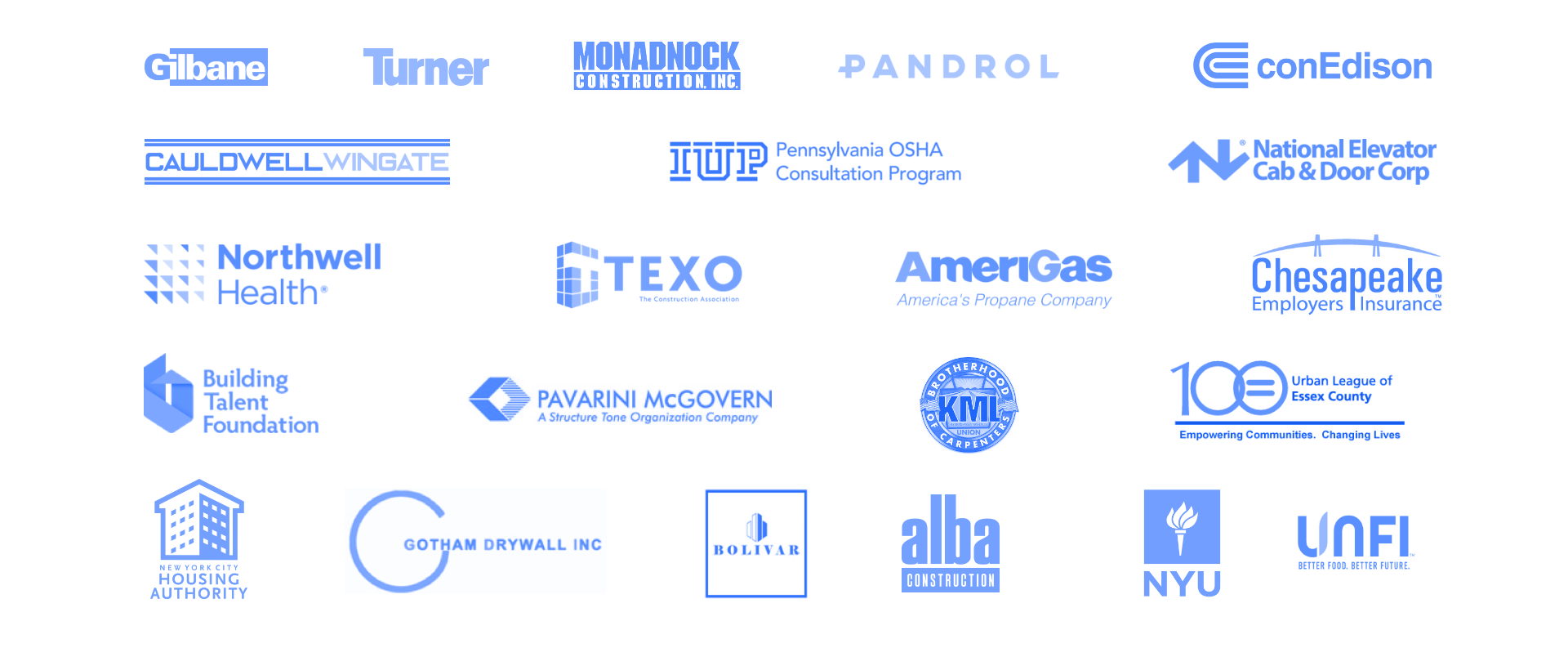PROTECT YOUR PEOPLE, PROJECT, PROFIT
PEOPLE, PROJECT, PROFIT
TECH-ENHANCED CONSTRUCTION SAFETY FOR THE NEXT WAVE OF BUILDERS.

WHAT WE DO
Empowering Safety Across Industries:
Revolutionizing risk management with safety analytics, VR safety training, and professional risk mitigation to save lives and cut costs.
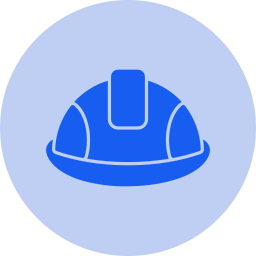
RISK MANAGEMENT
NextWave Safety offers risk management, safety compliance and mitigation services for capital projects. Save costs, reduce claims, and stay on schedule.

TRAINING & CERTIFICATIONS
In-person, online, and VR training courses for the skilled workforce. Learn how to comply with safety requirements and regulations with NextWave Academy.


EXTENDED REALITY (XR)
Award-winning virtual reality technology to provide immersive and effective training for occupational risks.
THE RESULTS
100K
Workers Trained
500
Sites With Safety Oversight
$50M
Total Mitigated Claims to Date
10K
Workers Trained with VR
INNOVATION COMES FROM INSIGHT
SUCCESSFULLY MANAGE YOUR RISK & SAFETY WITH THE LEADING EXPERTS, AIDED BY DIGITAL TOOLS AND TRAINING THAT IMPROVE ENGAGEMENT AND PROVIDE REAL-TIME TRANSPARENCY

RISK MANAGEMENT
TURN SAFETY INTO PROFIT FOR YOUR BUSINESS
TECH FORWARD
THE NEXT WAVE OF WORKERS AND BUILDERS DEMAND ENGAGING AND RIGOROUS TRAINING
XR IS REVOLUTIONIZING SKILLED LABOR TRAINING
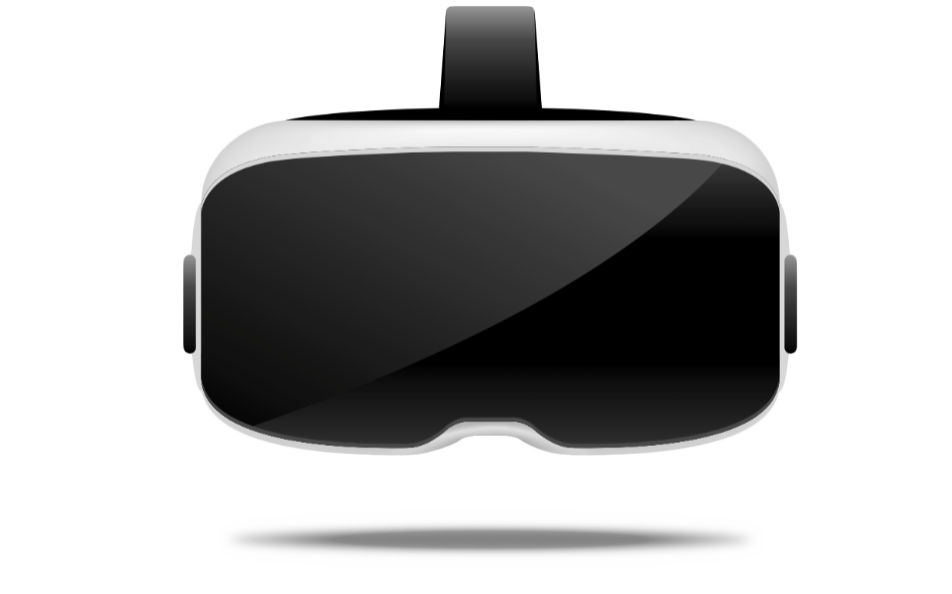
BUILDING THE SKYLINE OF THE FUTURE.
Bold, inspiring builds rely on NextWave.



INVEST WISELY
MAKE YOUR PROJECTS SAFER AND MORE PREDICTABLE.
LOWER YOUR RISK
Adopt a tech-enhanced safety ecosystem to give you real-time predictive data necessary to lessen insurers’ risk and increase your profits.
MANAGE YOUR WORK SAFELY
Our licensed site safety managers, coordinators, OSPs, and construction fire safety managers are experts at managing risk on-site to keep workers safe and projects in compliance.
GET THE BEST TRAINING
Whether in our classrooms or onsite with clients, our safety and risk management courses are instructor-led and VR-enhanced.
TAKE ACTION
RISK REDUCTION PLAN
Construction projects are unpredictable in many ways.
NextWave makes them more predictable and safer.
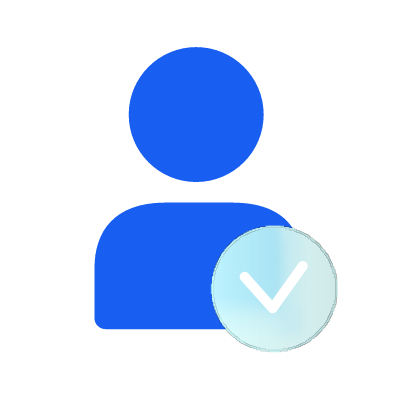
| 1. | INTRODUCE YOURSELF |

| 2. | TELL US ABOUT YOUR PROJECT |
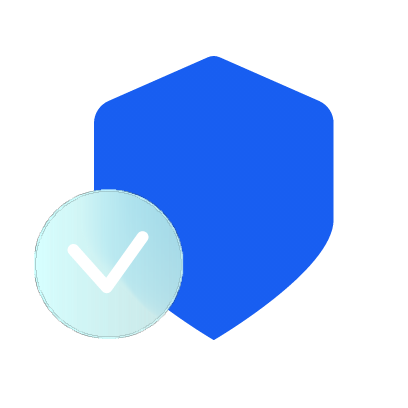
| 3. | GET A FREE SAFETY REVIEW |

BEING SAFE ON THE JOB SHOULDN’T BE AT ODDS WITH PERFORMANCE OR PROFIT.
Our mission and vision honors and respects all that make the job possible.
THE REASON FOR EVERYTHING WE DO
OUR CLIENTS
